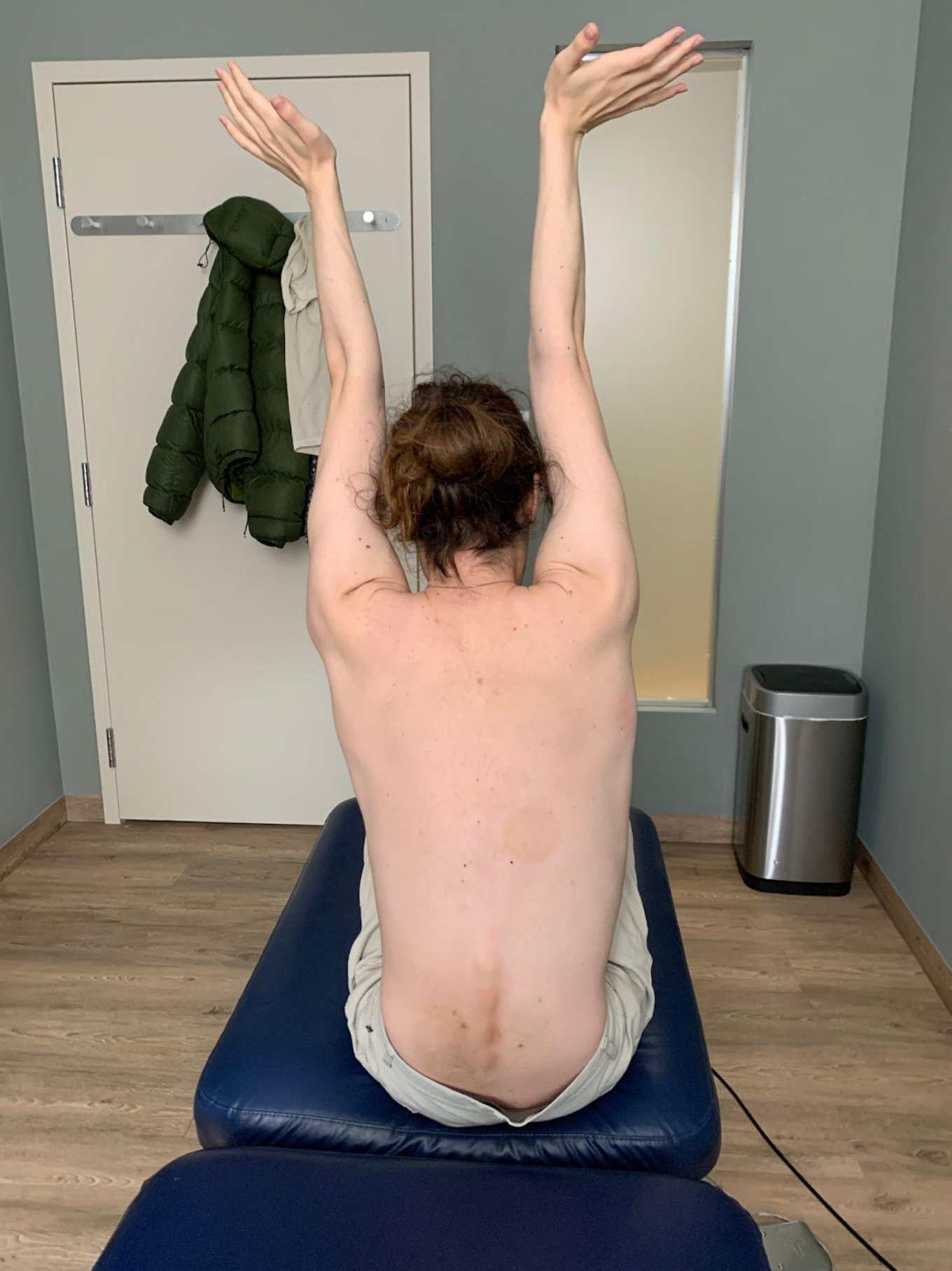Targeted therapeutic interventions: the power of non-formulaic Osteopathic practice
“How can I best serve the patient’s needs via manual therapy-based interaction?”
This is a clinical question that I often ask myself as an Osteopathic practitioner at VennMed, an integrative medical clinic in Toronto. It is a question I invite my students at the OAoPO to ask themselves.
In a clinical context, practitioners are often faced with numerous potential approaches to intervening with a patient’s system. Based on detailed studies of the nervous system (NS) and the connective tissue (CT), there are multiple tools to examine and interact with a patient presenting a complex case. A practitioner must evaluate how to maximize impact within a limited period.
However, as an Osteopathic educator who employs a concept-centric, non-formulaic approach, there are further considerations. I aim to empower patients to be independent in their health. To this end, I oppose a practice that creates co-dependence in patients. This doesn’t mean removing myself from their healthcare needs, rather, I encourage patients to take an active role in their wellness.
Before working with a patient, I ask another question, “Will my services make a significant difference to the patient’s needs?”
The importance of foundational health science knowledge
A detailed study of the health sciences is intrinsic to an Osteopathic education. For one, a deep dive into the knowledge base of the CT emphasizes that gut health and a wholesome diet are essential to high-level CT health. We are only as healthy as the most unhealthy part of our CT.
The state of the CT is determined by the type and quality of movement the patient performs. Moreover, the precursors to the tissues and cells that constitute the connective tissue come from the digestive system. The NS monitors the internal state of the body through mechanoreceptors, which exist in the CT. These receptors then inform the NS about what is happening within the internal environment of the human body, in terms of pressures and movement.
The adage “We are what we eat” should therefore be followed by “How we move is how we feel.” I use “feel” with particular emphasis, as stimuli to our sensory system are key initiators in the motor pathways of the NS. So, what we eat dictates the quality of our CT, which profoundly affects our behaviour – and how we exist in the world. As my comrades in arms Jean-Paul Höppner and Max Girardin would say, it's about the behaviour of the system within the context of its environment, and timescale.
How can I use my Osteopathic skills to intervene in the patient’s system to alter their behaviour? In a way that enhances their health or gives them a way to do it on their own? In the case I am sharing today, it is about the use of therapeutic exercise.
Scoliosis and targeted exercise: a case study


These photos were taken one minute apart. The remarkable results were achieved thanks to a targeted Osteopathic exercise that the patient was able to learn and conduct at home. More importantly, these results are a salient lesson on the importance of empowering patients to take charge in their own health. The patient who came to the OAoPO clinic was a young man who presented with significant scoliosis, without having suffered a recent traumatic incident.
This patient has seen several practitioners before coming to my office. Not only has he had no relief, but some of their interventions have also transiently increased his pain symptoms to the point where he could not sleep after those sessions.
You may be surprised to hear that these practitioners based their interventions on the literature. Indeed, here is where the use of evidence-based medicine shows its weak underbelly. This patient is a statistical outlier: he doesn’t present like those individuals discussed in the available literature. Without preexisting literature that applies to his situation, what is an Osteopathic practitioner obliged to do?
The clinician is thus obliged to reason, based on an understanding of the connective tissue and nervous system, one could say, using an evidence-informed (not evidence-based) approach, to intervene therapeutically. Again, this scenario lies within uncharted territory, so there’s no published, peer-reviewed evidence to go by. For this patient, I used an Osteopathic or a kinetic chain exercise in his treatment. The results are clinically noteworthy.
Practitioners must facilitate patient independence
A few points to consider in this scenario. I do not claim the patient was miraculously cured by the intervention. Nor do I suggest that I can repeat such a result with everyone who comes to the OAoPO clinic.
What I assert is that this exercise is a choice of targeted therapeutic intervention based on the patient’s individual needs. Such a targeted intervention made a difference and can continue to make a difference with daily repetition. I assert that the patient, as a responsible individual can choose to do this exercise, or similar exercises from the series, as part of a routine of personal maintenance, to assist in their therapeutic process.
My role is to assist and support, but not encourage dependency. I am not saying that I only approach clinical scenarios based on patient-centric exercise, however, it is one of many interventions that I might choose from – and one that I also teach my students at the OAoPO. With a detailed study of the connective tissue and the nervous system, and the use of a non-formulaic approach, one can make a long-term clinical difference in the health of the patient.